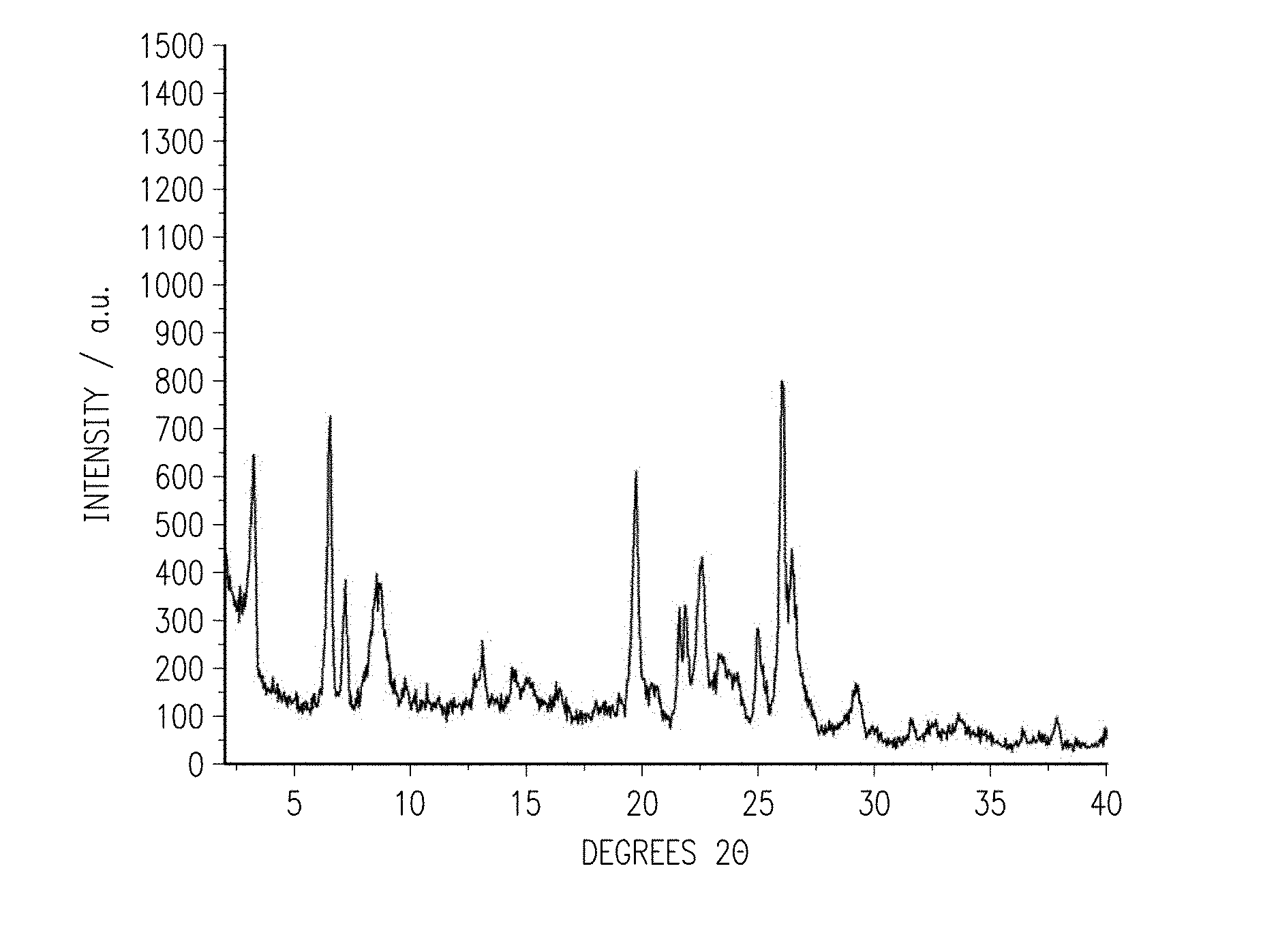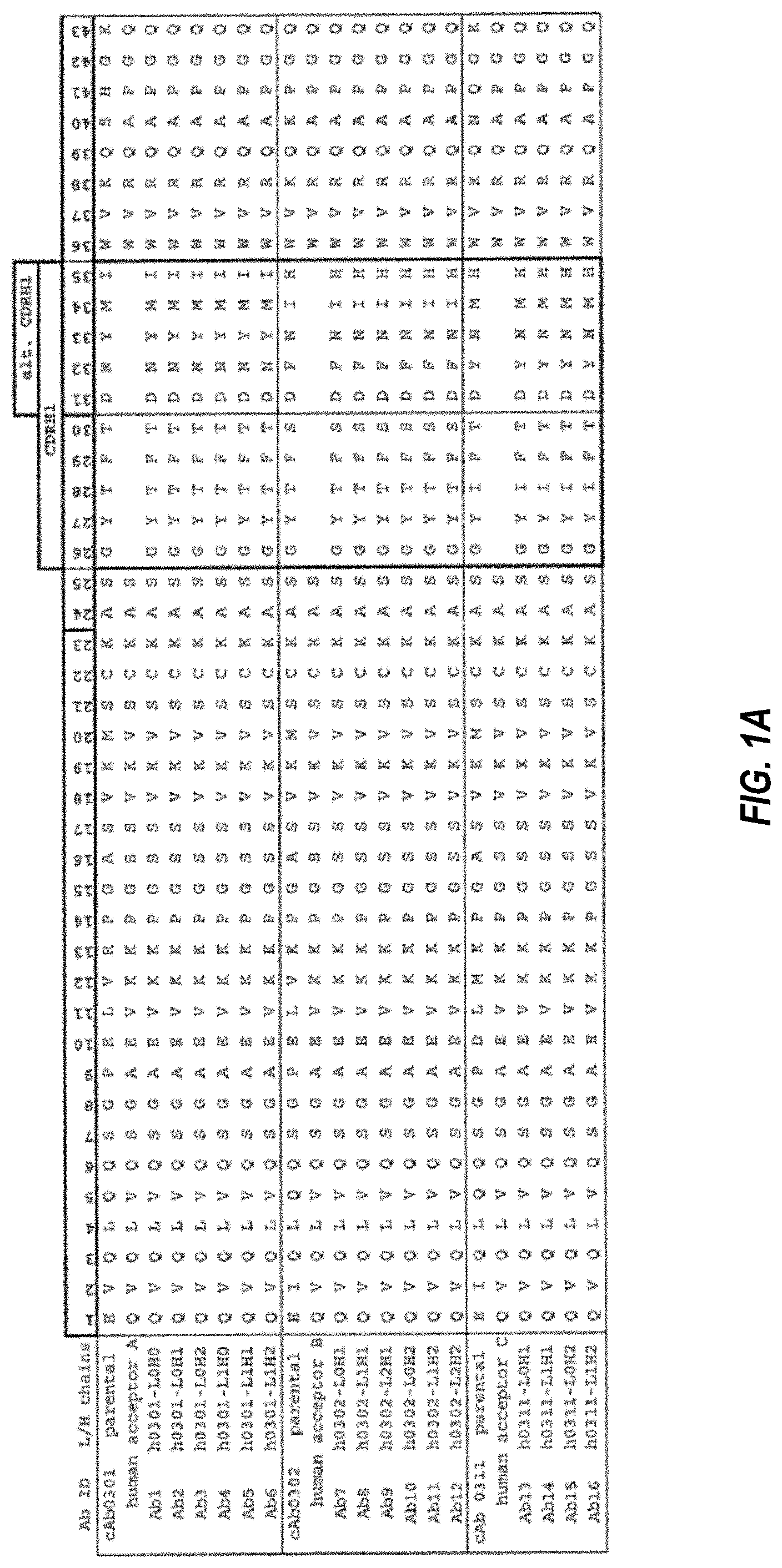Invented by Raymond Archer, Mark E. Davis, California Institute of Technology CalTech
One of the key drivers of the molecular sieves market is the increasing demand for clean and efficient energy sources. Molecular sieves are widely used in the oil and gas industry for the separation and purification of gases, such as nitrogen and oxygen, from air. They are also used in the production of biofuels, where they help remove impurities and improve the quality of the fuel. With the growing focus on reducing carbon emissions and finding sustainable energy solutions, the demand for molecular sieves in these applications is expected to rise.
Another significant factor driving the market is the increasing need for water treatment solutions. Molecular sieves are used in water treatment processes to remove contaminants, such as heavy metals, organic compounds, and suspended solids. The rising concerns over water scarcity and the need for clean drinking water are fueling the demand for molecular sieves in this sector. Additionally, the growing industrialization and urbanization in developing countries are leading to increased wastewater generation, further driving the demand for molecular sieves in water treatment applications.
The healthcare industry is also a major consumer of molecular sieves. These materials are used in medical gas purification, drug delivery systems, and as desiccants in pharmaceutical packaging. The increasing prevalence of chronic diseases and the rising demand for personalized medicine are expected to drive the growth of molecular sieves in the healthcare sector.
In order to enhance the performance and efficiency of molecular sieves, structure directing agents (SDAs) are used. SDAs are organic molecules that help control the size and shape of the pores in the molecular sieve, thereby influencing its adsorption properties. The market for SDAs is closely linked to the molecular sieves market, as these agents are essential for the synthesis of high-quality molecular sieves.
North America and Europe currently dominate the molecular sieves market, owing to the presence of well-established industries and stringent environmental regulations. However, the Asia Pacific region is expected to witness significant growth in the coming years. The rapid industrialization in countries like China and India, coupled with the increasing investments in infrastructure development, is driving the demand for molecular sieves in the region.
In conclusion, the market for molecular sieves and related methods and structure directing agents is witnessing robust growth due to the increasing demand for clean energy, water treatment solutions, and healthcare applications. The continuous advancements in technology and the development of novel materials are further expected to drive the market growth. As industries continue to prioritize sustainability and environmental regulations become more stringent, the demand for molecular sieves is likely to soar, creating lucrative opportunities for market players in the coming years.
The California Institute of Technology CalTech invention works as follows
The method for preparing molecular Sieves is described, as well as the molecular Sieves that are obtained by this method. The method involves preparing a mixture of a structure-directing agent and at least one oxide from a tetravalent metal, optionally one or two sources from the group consisting oxides from trivalent and pentavalent metals, or mixtures thereof; optionally at least a source from Groups 1, 2 and 3 of the Periodic Table, and optionally hydroxide or fluoride, and preserving the mixture in conditions that allow crystals to form. The method uses various imidazolium-cations as the structure-directing element.
Background for Molecular Sieves and Related Methods and Structure Directing Agents
Molecular sieves” are an important class of materials in the chemical industry. They can be used for gas stream purification or hydrocarbon conversion. Molecular sieves consist of porous solids with interconnected pores that are the same size or different. Molecular sieves are porous solids with interconnected pores that have one, two or three dimensions. The pores can be of any size and can adsorb or exclude molecules. “The pore size, shape, interstitial channels or spacing, composition, crystal structure and morphology are some of the characteristics that define their use in different hydrocarbon adsorption processes.
Molecular sieves, related methods and agents that direct structure are described herein. In some embodiments, molecular Sieves can be obtained by using a structure-directing agent, such as imidazolium Cations, to prepare various molecular Sieves in an hydroxide medium.
The present disclosure provides methods of preparing molecular Sieves and the molecular Sieves that can be obtained by these methods. The method includes preparing a mixture of reactants, which contains at least one source for at least one oxide from a tetravalent metal, and a structure-directing agent, which is imidazolium (I).
The reaction mixture can optionally contain one or more sources of oxides selected from the group consisting of oxides and mixtures of trivalent elements, pentavalent elements, or combinations thereof; or at least one source an element selected from Groups 1 and 2 on the Periodic Table. The reaction mixture may optionally include one or two sources of oxides from the group of trivalent, pentavalent, or mixtures thereof, as well as at least one source from one of Groups 1 or 2 of Periodic Table.
Accordingly to embodiments in the present disclosure, various structure-directing agents useful for the preparation of molecular Sieves are provided. Specifically, a structure-directing agent containing imidazolium (I) cation
wherein R can be a substitutent which is either a straight-chained, or branched, alkyl (other than isopropyl), a cycloolefin or tricyclic, alkyl or bicyclic.
The present invention describes a Molecular Sieve and related methods, as well as structure-directing agents.
The term “molecular sieve” indicates a porous solid with interconnected pores of same or different sizes. It includes (a) intermediate and (b) final or target molecular sieves, as well as molecular sieves produced by (1) direct synthesis or (2) post-crystallization treatment (secondary synthesis). The term “molecular sieve” refers to a solid with interconnected pores that are the same size or different sizes. It includes molecular Sieves made by direct synthesis, or secondary synthesis. Secondary synthesis techniques enable the synthesis of target materials with a higher ratio Si:Al from intermediate materials by acid leaching, or similar dealumination.
Zeolites are a class of aluminosilicates that have an open framework structure. They are particularly useful for industries like petroleum and petrochemicals. Zeolites are aluminosilicates with an open framework that shares oxygen atoms between [SiO4] or [AlO4] [tetrahedra] or [octahedra]. In the pores, extra framework cations are mobile and help balance charges. These charges result from the substitution of a framework cation with a tetrahedral structure (e.g. These charges are the result of substituting a tetrahedral framework cation (e.g. These extra framework cations balance these charges, preserving the electroneutrality and are interchangeable with other protons and/or cations.
The structure of the molecular sieve formed is determined in part by solubility of the various sources, silica-to-alumina ratio, nature of the cation, synthesis conditions (temperature, pressure, mixing agitation), order of addition, type of templating agent, and other factors. The molecular sieve structure is determined by the solubility, ratio of silica to alumina, nature of cation, conditions of synthesis (temperature, pressure and mixing agitation), addition order, templating agent type, etc.
In U.S. Pat. No. No. No.
The present disclosure is directed at a method for making molecular sieves by using a variety structure directing agents. In embodiments, the structure directing agent used includes imidazolium.
The following procedure is used to prepare molecular sieves in general. The first step is to prepare a reaction mix by combining these components.
For each embodiment, the molecular Sieve reaction mixture can come from more than one source. In some embodiments silica is supplied by a fumed source of silica and another zeolite that has been added as an Al source. The zeolite will also contain some silica. In one embodiment, one source can provide two or more components of the reaction, as in the case where a zeolite provides Al for Al SSZ-70. The molecular sieve can vary in size, shape and time of crystallization depending on the type of reaction mixture used and the crystallization condition.
The reaction mixture is maintained in conditions that allow crystals to form of the molecular Sieve. Below, we will describe these conditions in greater detail.
As previously mentioned, the SDAs which are used in the embodiments disclosed comprise imidazolium (I) cation. This has the following general structural structure:
In the general structure, R can be either a straight-chained alkyl or a branching alkyl. This excludes isopropyl. “In the general structure I, R is a substituent that can be a straight-chained or branched alkyl with exclusion of isopropyl (e.g. methyl, ethyl, iso-butyl tert butyl), cycloolefins (e.g. cyclopentyl cyclohexyl cycoheptyl or cyclooctyl), aryl
The term “alkyl” is used herein to refer to a linear, branched or cyclic saturated hydrocarbon group that typically but not necessarily contains 1 to about 10 carbon atoms. For example, 1 up 6 carbon atoms. As used herein, the term “alkyl” refers to a linear or branched saturated hydrocarbon group that typically but not necessarily contains 1 to 10 carbon atoms. For example, 1 to 6 carbon atoms. Alkyl groups in the present invention typically, but not necessarily, contain between 1 and 6 carbon atoms. The term “cycloalkyl” is used. “A cyclic alkyl has 4 to 8 carbons.
The term “?aryl” is used herein and unless otherwise specified, refers to an aromatic substituent containing a single aromatic ring or multiple aromatic rings that are fused together, directly linked, or indirectly linked (such that the different aromatic rings are bound to a common group such as methylene or ethylene moiety). As used in this document, and unless specified otherwise, the term?aryl? refers to a aromatic substituent that contains a single aromatic or multiple aromatic rings fused together, either directly or indirectly (such that different aromatic rings are linked to a common moiety such as a Methylene or Ethylene moiety). Aryl groups typically contain between 5 and 24 carbon atoms. For example, they can have from 5 to 14 carbons. Examples of aryl groups include one aromatic ring, or two fused aromatic rings.
Various choices of substitutes R in the above general structure I can lead to different SDAs.” The substituents are usually chosen in such a way that the SDA is soluble in the aqueous mixture.
Click here to view the patent on Google Patents.








